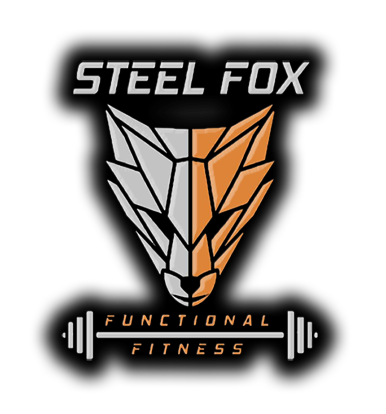My first week of Keto. And my last.
This week has been interesting. I am very educated when it comes to nutrition and how it affects the body and training. I could count macros in my sleep and have done pretty much every diet you can think of. For the last year or so I have been following a moderate protein, low fat high carb diet. My training has been amazing and I have reached so many personal goals that I set out for myself. I recently finished a cut about 3 months or so ago and was very successful with it. I dropped about 15 lbs and felt and looked amazing. Since then have been very lackadaisical with my nutrition and exercise. I knew I needed to really dial back in so I thought why not try Keto. I do very well on higher carb diets and always make huge progress in my training. For me, the weight on the bar is more important to me than the weight on the scale. Training is very important to me, and nutrition is the base of my training. I had mixed feelings about doing keto as I knew it was going to affect me much differently than what I was used to. It was a very rough transition for me this week. I went through the “keto flu” as most do in the transition period: I didn’t sleep well, I was tired, cranky and basically felt like crap all week. I had no energy or motivation to workout, and I may have shed a tear or two. It wasn’t pleasant at all. I am afraid that the low amount of carb on Keto is going to negatively affect my training, and as someone who trains heavy and hard, I am not willing to sacrifice my training for some fat loss. I have decided that keto is not for me. I have some goals that I want to reach by the end of the year and also have some competitions that are coming up, and I know that high carbs help my training.
Although some hi-intensity athletes are experimenting with doing the KETO approach and using fats for fuel- there is no scientific proof that this can be done, as glucose (carbs) is the main source for energy. There is however proof KETO works for that endurance athlete as they are performing at much lower intensity. Here is a great article about it if you want to read more: KETO ENDURANCE ATHLETE
Keto has had many great benefits such as fat loss, lower insulin, increases good cholesterol, heals metabolic syndrome, increase satiety much longer than a high protein diet.
Here is another great article on its benefits: Benefits of KETO
Different things work for different people, and the fact that keto doesn’t work for me, doesn’t mean it will not work for you. We all have different goals and will find what works for us as individuals. My plan going forward is to track macros like I am used. I will see how it works and affects my training and adjust as I go along. It kind of feels like a science experiment and I am looking forward to seeing what happens. Keep your eyes out for more blog post coming on nutrition and my journey. Keep up the great work everyone, you are all doing an amazing job and I am thrilled to be on this journey with you.
Best,
Coach Sherri

